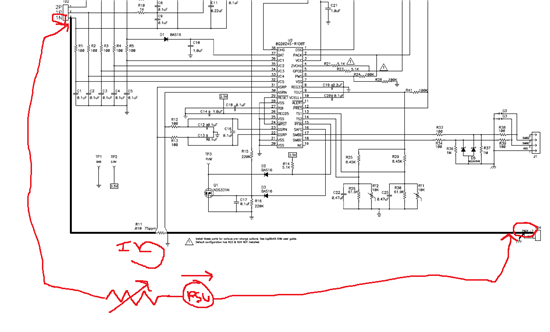I have a 2-cell application.
CUV Threshold is set for the default 2200mV. Cell 2 is at 3500mV. I reduce the voltage on cell 1 until it drops below 2200mV - CUV flag is set, TDA is set, discharge FET goes off. Great.
CUV Recovery is set for the default 3000mV. Cell 2 is at 3500mV. Now I raise the voltage on cell 1 back to 3100mV, above the recovery threshold. But the alarm does not clear. What is it waiting for?
Thanks
Ed K




